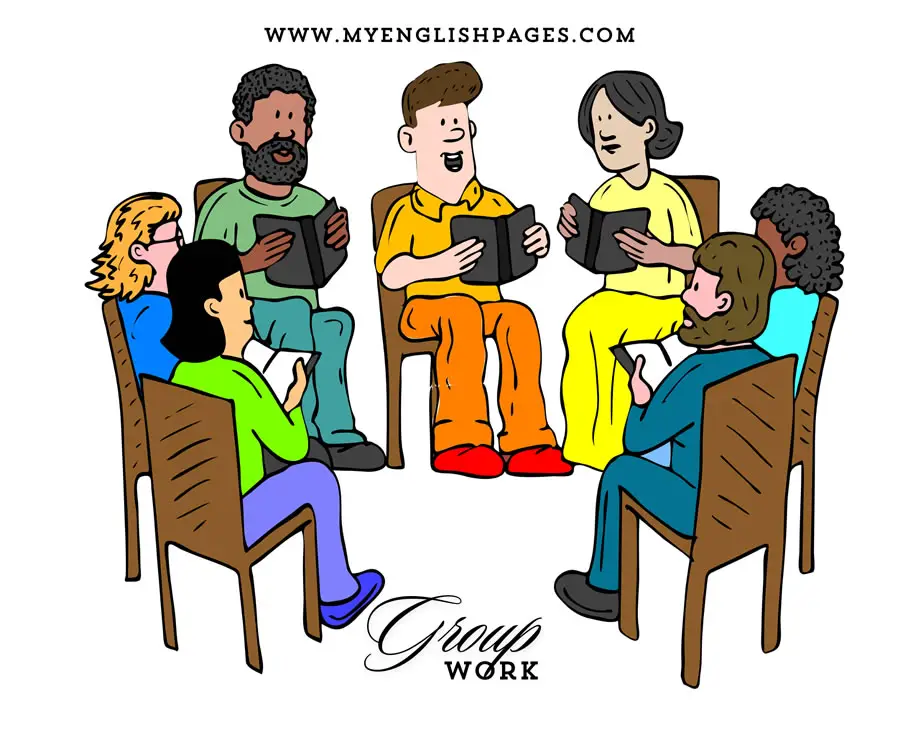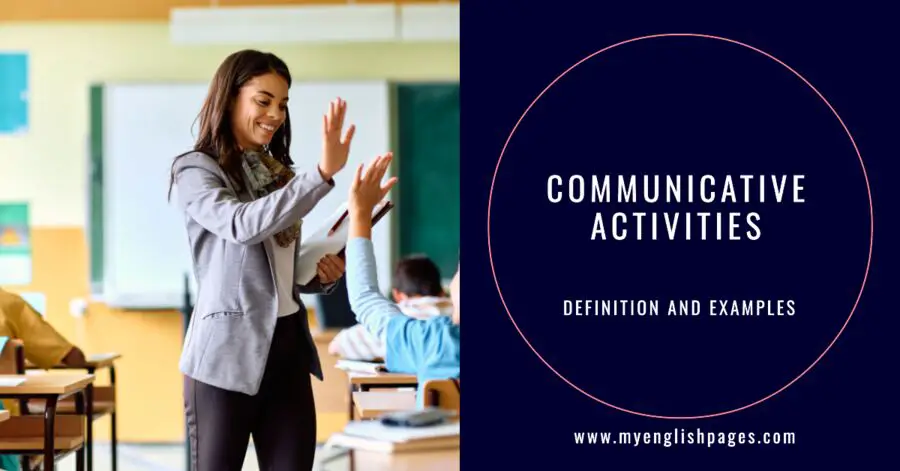Table of Contents
Introduction
Communicative Language Teaching (CLT) emerged as a response to the limitations of traditional methods like the Audio-Lingual and Grammar-Translation approaches.
Unlike these older methods, which focused heavily on repetition, memorization, and rigid grammatical rules, CLT prioritizes real-world communication as the key to language acquisition. One of its defining features is the use of communicative activities—structured tasks that encourage meaningful interaction among learners.
What Are Communicative Activities?
Communicative activities are designed to simulate real-life situations, prompting learners to use language for practical purposes. Instead of merely repeating phrases or translating sentences, students engage in tasks that require negotiation, collaboration, and spontaneous expression.
These activities involve some sort of information gap and serve several key functions:
- Exchanging information (e.g., asking for directions, making requests)
- Building social connections (e.g., discussing personal experiences, debating opinions)
- Developing cultural awareness (e.g., role-playing cultural scenarios)
- Enhancing problem-solving skills (e.g., completing a task with limited information)
According to Scott Thornbury, for an activity to be truly communicative, it must include these key features:
- Purposefulness
- Learners are driven by a genuine goal (e.g., solving a problem, sharing opinions) rather than just displaying correct language.
- Reciprocity
- Communication is a two-way process; listening is as vital as speaking.
- Negotiation
- Participants clarify, confirm, and adapt their language to ensure understanding (e.g., “Did you mean…?”).
- Synchronicity
- Spoken exchanges happen in real time, mimicking natural conversation flow.
- Unpredictability
- Neither the language used nor the outcome is entirely scripted, requiring spontaneous responses.
- Heterogeneity
- Learners can use any linguistic or non-verbal means to communicate, not just a pre-selected grammar structure.
Classic examples include:
- Information gap tasks (e.g., “Describe and Draw,” “Spot the Difference”)
- Role-plays (e.g., negotiating a hotel refund)
- Problem-solving discussions (e.g., planning an event with limited resources)
These activities prioritize meaning over form, preparing learners for the messy, dynamic nature of real-life communication.
Advantages of Communicative Activities

- Learner-Centered Approach
- Unlike traditional teacher-dominated classrooms, communicative activities shift the focus to the students, making them active participants rather than passive listeners.
- Learning becomes more dynamic and engaging, as students interact with peers rather than just responding to the teacher.
- Real-Life Communication Skills
- CLT doesn’t just teach grammar and vocabulary—it prepares learners for real conversations.
- Students develop sociolinguistic competence (understanding cultural norms) and strategic competence (handling communication breakdowns).
- Increased Motivation
- Because these activities are interactive and fun, students often feel more motivated to participate.
- Games, role-plays, and collaborative tasks make learning feel less like a chore and more like a natural process.
Key Characteristics of Effective Communicative Activities

For an activity to be truly communicative, it should have the following features:
- Learner Independence
- Students should rely on each other, not just the teacher. The teacher’s role shifts from controller to facilitator.
- Clear Instructions & Purpose
- Tasks must have well-defined goals (e.g., “Find out your partner’s weekend plans” rather than just “Ask questions”).
- Authentic Contexts
- The activity should mirror real-world scenarios (e.g., ordering food, resolving a misunderstanding) rather than artificial drills.
- Multiple Possible Responses
- Unlike traditional exercises with a single “correct” answer, communicative tasks encourage creative, varied responses.
- Meaningful Interaction
- Communication should serve a genuine purpose, such as persuading, informing, or negotiating—not just practicing grammar.
Examples of Communicative Activities
- Information Gap
- Two students have different pieces of information and must communicate to complete a task (e.g., one has a map, the other gives directions).
- Role-Playing
- Students act out real-life situations (e.g., job interviews, customer service interactions).
- Debates & Discussions
- Learners express opinions on relevant topics (e.g., “Should schools ban smartphones?”).
- Problem-Solving Tasks
- Groups work together to solve a challenge (e.g., planning a trip with a limited budget).
- Letter & Email Writing
- Students practice formal and informal writing (e.g., responding to a complaint, inviting a friend to an event).
- Note-Taking & Summarizing
- After listening to a speech or conversation, learners summarize key points in their own words.
Conclusion
Communicative activities transform language learning from a mechanical exercise into a living, interactive experience. By emphasizing real communication, they help learners develop not just linguistic accuracy but also confidence and fluency.
For teachers, the key is to create a supportive environment where students feel comfortable taking risks, making mistakes, and ultimately engaging in meaningful conversations.


